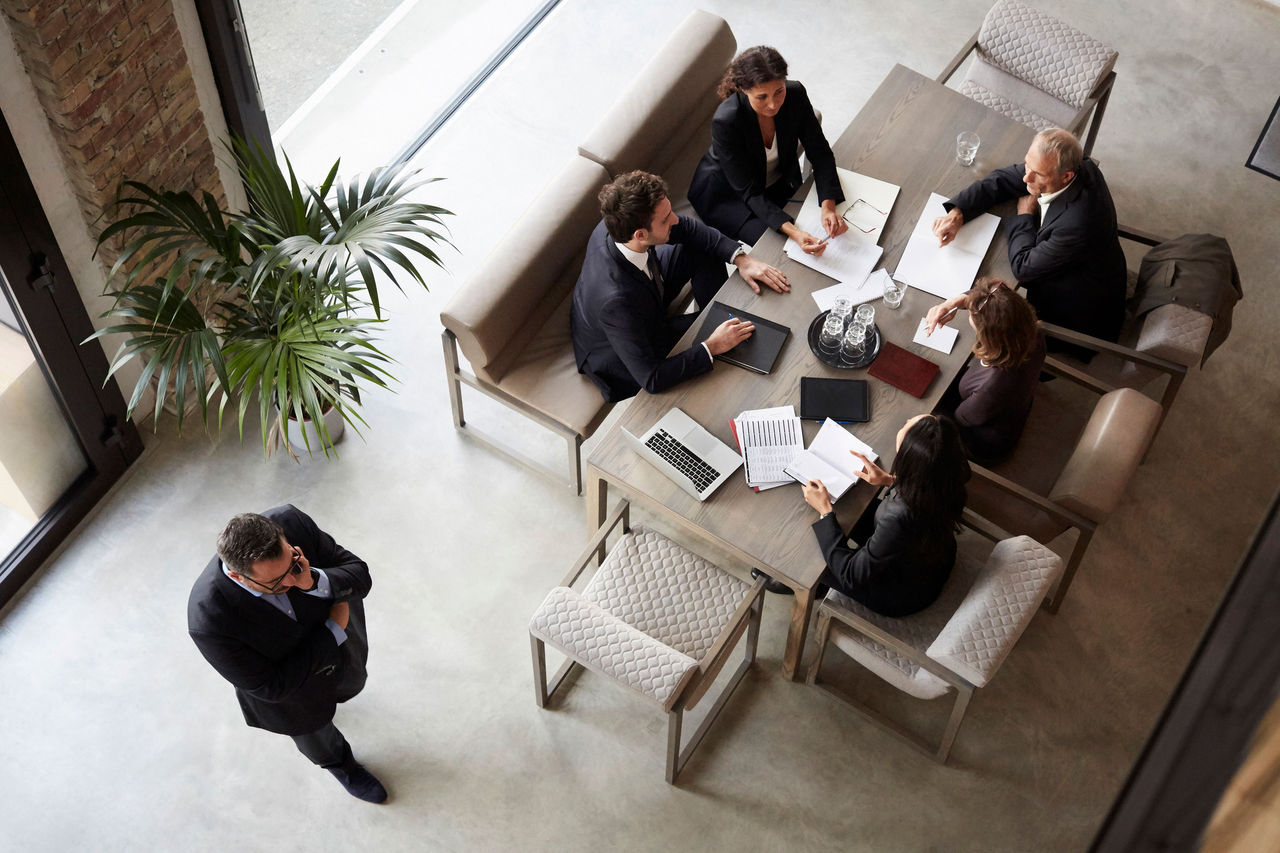EY Law services are the independent law firm member of Ernst & Young Global. For more information about the global EY organization please visit www.ey.com.

EY Law Ireland Real Estate team discuss how landlords and tenants can make their existing lease greener.
In brief:
- A green lease is a commercial lease with obligations aimed at ensuring the premises is occupied and managed in a sustainable way.
- Landlords and tenants are looking towards more sustainable ways to manage their premises.
- How landlords and tenants can collaborate for a greener lease.
ESG, Sustainability, Carbon Neutral, Carbon Negative are now everyday terms for businesses. Many businesses are actively trying to reduce, renew and reuse to deliver meaningful sustainable changes. As a result, all parts of the business are being reviewed through a sustainability lens - and how a business owns, occupies and manages their premises is an important part of these plans going forward.
In this, Part One of our two-part series on green leases, we discuss what actions can be taken by landlords and tenants of older buildings subject to existing leases.
What is a green lease?
A green lease is a commercial lease including landlord and tenant obligations aimed to ensure the premises is occupied and managed in a sustainable way.
What can landlords and tenants do to make an existing lease “greener”?
Making a lease of an older building “greener” is generally seen as more challenging. In many instances the lease has been in place for some time and the premises are not built to a certain energy efficiency standard. Any changes to the lease and the inevitable associated costs will require agreement between the parties. Depending on the lease term left, it may be harder to gain an appetite from the parties to amend the persisting lease in order to impose new “green” obligations. There may be an incentive to remain passive for fear of costs and to preserve the status quo.
However, increased social pressure, preservation of asset value, corporate responsibility, impeding changes under environmental legislation and obligations to third party stakeholders is making the need to enhance a premises’ sustainability essential.
The advantages of a more sustainable lease are co-beneficial to landlords and tenants, this includes improved corporate reputation and attractiveness to investors and lower operating expenses through efficient use of resources, increased occupant performance and well-being. Additionally, it creates a cooperative and enhanced relationships with stakeholders (including banks and employees) and helps an entity deliver on its own environmental strategies.
ESG is currently at the forefront of every real estate conversation and real estate investment criteria. The implications of sustainability on long-term value is particularly important in the context of debt as ESG considerations are now intertwined with underwriting principles and credit decisions of lenders.
Whether an existing lease can become “greener” - and to what shade of green - will depend on the nature, condition and age of the building and the willingness of all stakeholders to collaborate for positive change. Where a building is multi-let for instance, the co-operation of several owners, occupiers and management personnel will be required, adding to the complexity.
For let buildings there needs to be a recognition of responsibility from each party and collaboration - a “meeting of minds” - to identify opportunities for future progress and agree a plan to improve the building’s environmental performance. Sharing of building performance data, energy costs and best practice examples between the parties is critical here. Of course, there must be a realistic understanding of what can be done to meet the sustainable goals of each party having regard to the structural state of the building.
An engineer may be appointed to complete a structural survey on the building, the costs of which may be shared, and area of upgrade / improvement identified. The responsibility and cost of such an upgrade will be a negotiation point between the parties. For example, the parties could agree that the cost is recouped from the landlord by means of a rent free paid by the tenant through the service charge regime.
An independent legal assessment of the existing lease should be undertaken. The resulting agreement between the parties as regards how the building is to be occupied, operated, and managed in a more sustainable way will be reflected in an amending agreement to the lease or supplemental agreement inserting “green” clauses. Green clauses can be dark (i.e. requiring action) or light (i.e. encouraging action). Light green clauses are more commonly utilised where there is an existing lease.
For an existing lease to become a “green lease,” the clauses that generally undergo amendment include:
- repair;
- alteration;
- yield up;
- the service charge schedule; and
- rights of access.
The aim is to ensure the future use of the premises and any repairs completed by the tenant or otherwise do not have a negative impact on any accreditation or the general energy efficiency of the building. New clauses may be inserted to the lease relating to data sharing, metering, sustainable planning monitoring and co-operation between the parties. These clauses are generally put in place with the aim of reducing overall waste, energy and water consumption, and private car usage.
What can be done will very much depend on the desire of the parties involved and the circumstances of each case.
Summary
Keep an eye out for Part 2 of our green lease series, where we will discuss the meaning of green leases in the context of a newly developed building.

